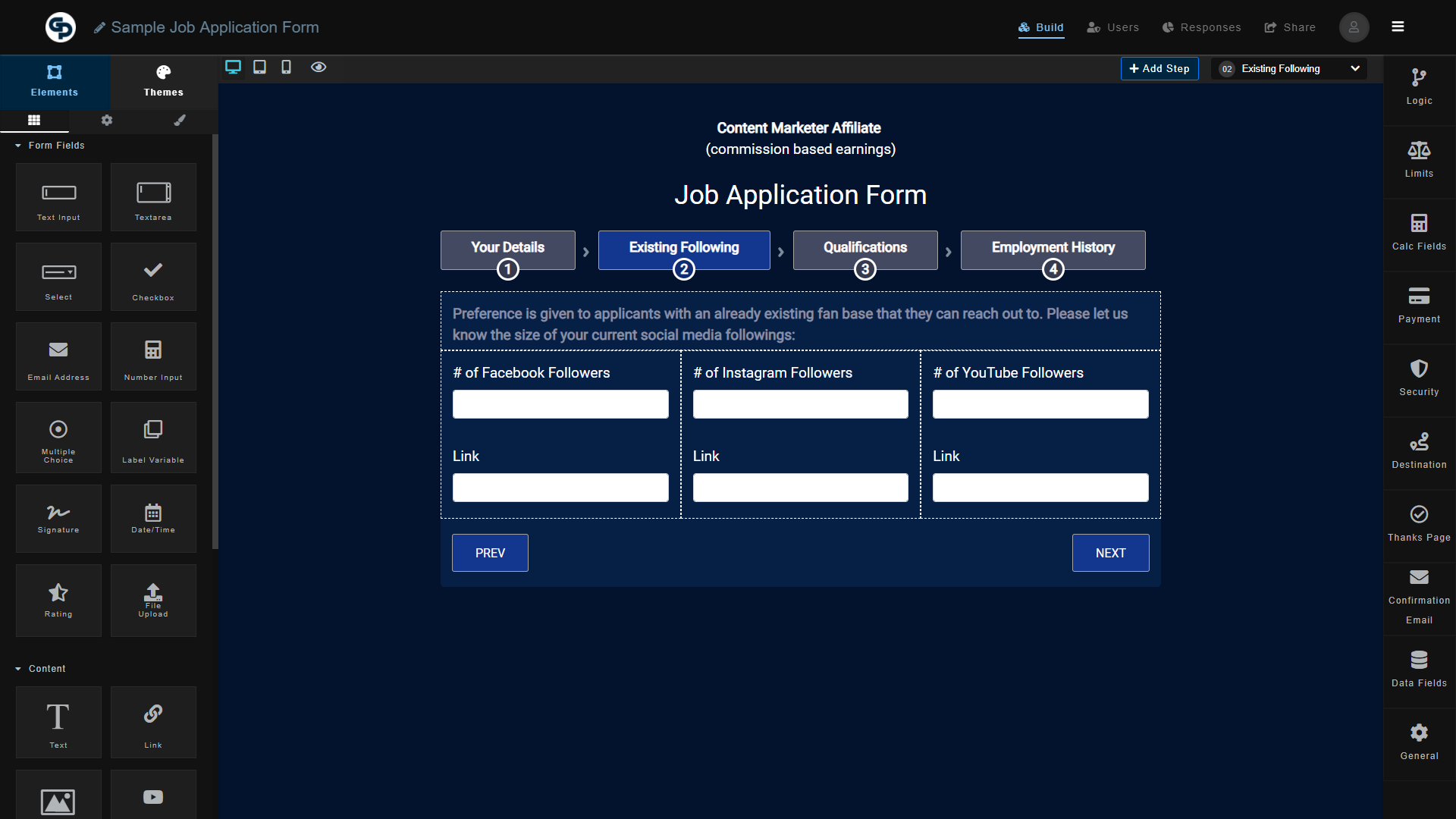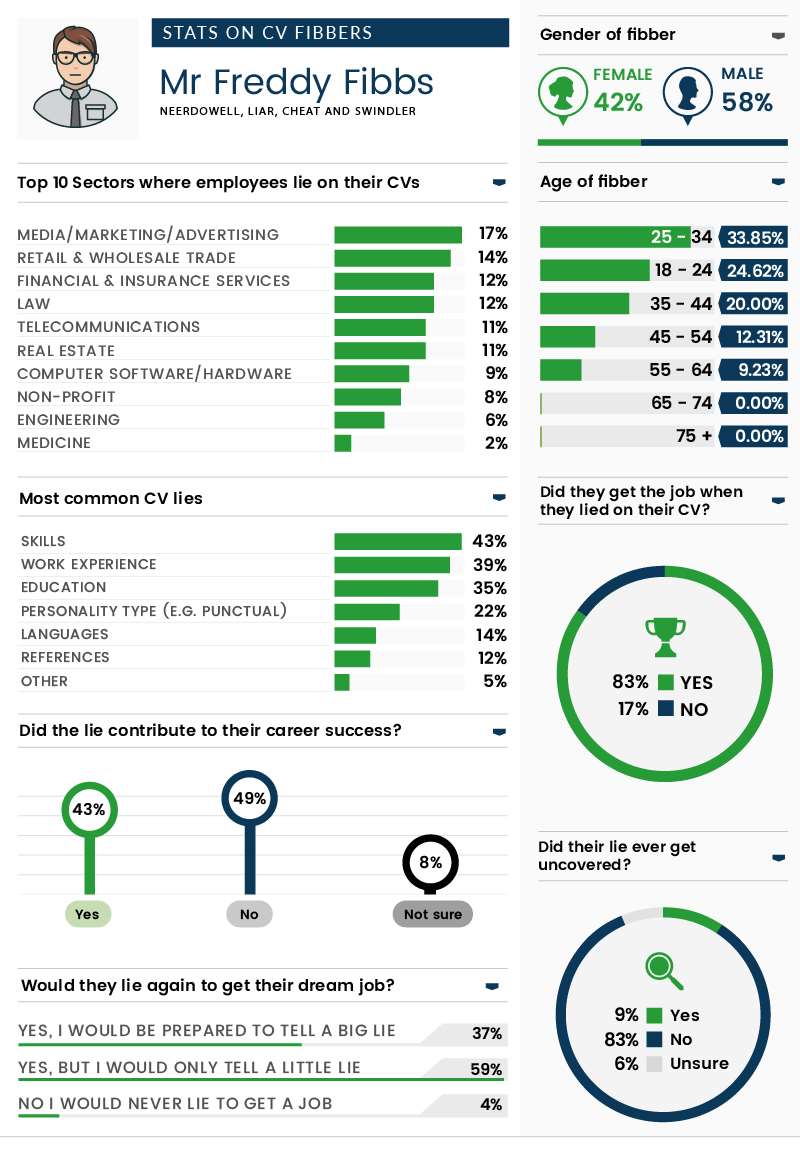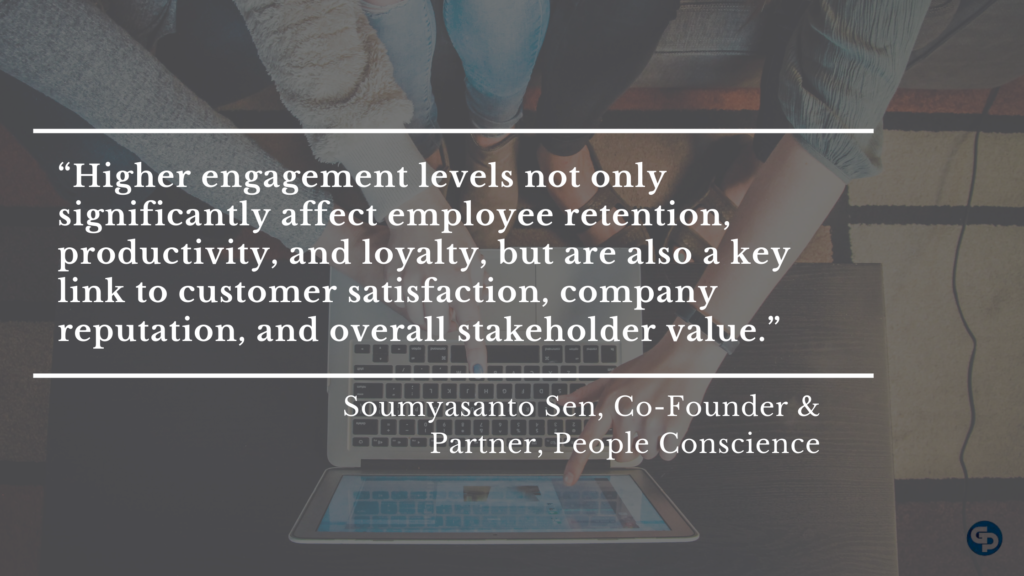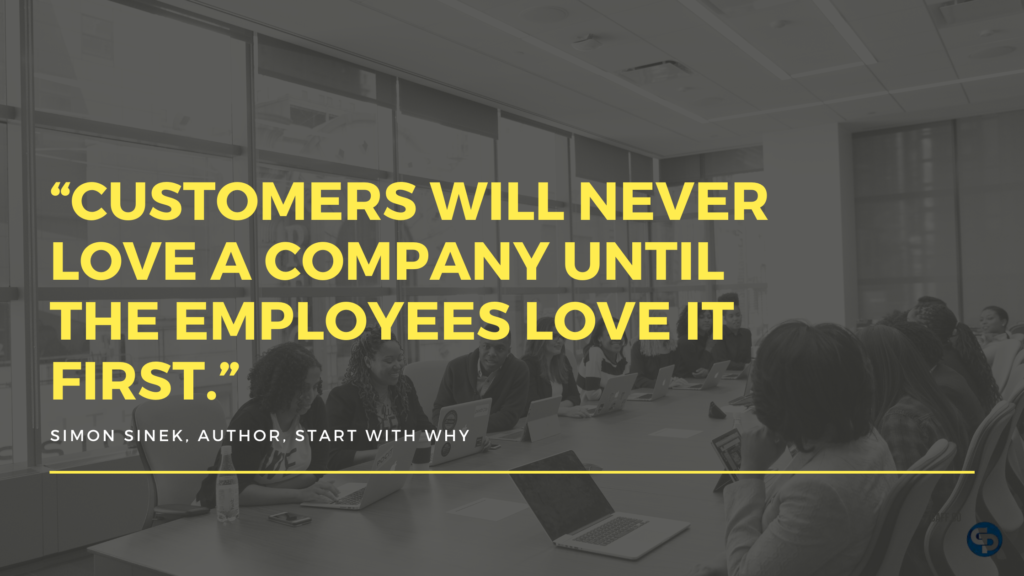5 Common challenges faced by HR professionals today. Here’s how you can effectively solve them.

Due to the COVID-19 pandemic almost all businesses have in a short span of time adapted to a new remote work culture. This shift in work culture brings new challenges (and opportunities) as activities like hiring, employee engagement, and so on need to be done remotely. In this blog, we talk about five common challenges faced by HR professionals today and present simple but effective methods to tackle them.
Filtering and Ranking Job Applicants - The Smart Way
Getting a shortlist of top talent efficiently from a large pool of applicants is a common HR challenge. During the hiring process, usually, HR professionals browse through a large number of resumes from applicants, individually assess each resume and shortlist a few based on the job requirement criteria.
Often, this repetitive task can be time-consuming, as HR needs to manually go through a large volume of applicants resumes to find the "good" ones. There is also a chance that the application of the right candidate may miss out entirely due to time constraints and lack of a standard or automated filtering process. In fact many resumes are often simply "skimmed through" in a few seconds during this manual filtering process.
Resumes of applicants have no standard format or layout, and may not cover all points rquested by the Job advertisement. It is extremely inefficient to be scanning through these resumes manually in order to sort/rank candidates. There is a much much better way!
Now that we have the help of advanced tools and automation, HR professionals can easily increase the efficiency of shortlisting applicants a hundred-fold by smartly using advanced Online Forms.
How Exactly?
For instance, you can create a customized online/electronic job application form with fields based on your exact job requirements and ask candidates to fill out the form in order to apply for the job. Sure they can still upload their resume as a PDF attachment when filling out the application form, however the PDF would be the last thing you look at. Instead you would first sort and filter the job applicants based on all the form fields which are now "structured" data. This way HR can effortlessly filter/sort/rank top applicants based on work experience, location, expertise level, expected package and whatever other questions you've asked in the Online Form to act as your "Filters".
So instead of manually checking hundreds of inconsistent resumes in the inbox, HR can quickly shortlist the right candidates via online forms. With GlobalPatron, HR can build their own powerful online job application forms using a super easy drag and drop form builder, and require zero technical or programming knowledge to setup, so there really is no excuse to still be collecting job applications the old way!
For example below, the HR department has been tasked with searching for a top-grade freelance marketer, and in this scenario they were interested in sorting applicants based on how large their existing social reach was, so on the job application form they built on the GlobalPatron platform they included these fields:

With this automated approach, HR could easily include a key filter (in this case the size of the applicants social reach) in their decision making process, and check only the resumes of the most desirable candidates. This effective method of filtering and sorting applicants can save an enormous number of business hours, so HR can use their valuable time to focus on other challenges of human resource management.
Hiring the Right People
A considerable percentage of applicants are not adequately qualified for the job they are applying for, which is a waste of time for recruiters, but worse still, a large percentage of applicants intentionally lie or exaggerate during job applications in order to increase their chances of landing a job.
According to Adzuna, a job portal based in the UK, 37% of job hunters are prepared to tell lies to somehow get the job. Of these liar applications, 83% of them successfully landed the job, and 43% acknowledged that their lie was a likely factor that helped them to secure the job.
A more suitably qualified applicant who is honest but is getting one-upped by a less suitably qualified liar is an ethical problem in itself, however allowing the liar or exaggerator to unfairly win a role can have lasting damaging effects on the company they've joined, this is especially more pronounced in senior or technical roles where underskilled employees can cause immense damage or commercial loss for their employers.

With GlobalPatron, slashing the number of liar applications is considerably easier. We all know reference checks can also be faked, but by adding specific questions and agreements on your online form you can slash the number of liar applications. For example on your form you could include:
- A checkbox where they declare that everything they have mentioned in the application is true and correct, and not misleading in any way.
- Or you could take it one step further and make them fill out and upload a statutory declaration as part of the application, with a reminder/warning that lying on a stat dec is illegal and will not only result in immediate termination of their employment, but potentially legal implications for themselves.
- And my personal favourite - asking them if they are prepared to sit a timed exam if they claim an "expert" level in anything.
With GlobalPatron you can easily setup fields to be "conditionally" visible. For example below is a job application for a senior technical role. If the applicant has claimed to be an "expert" in a particular skill, a follow up question appears right after it asking them if they are prepared to sit an exam to prove it. You may not have any exam, but simply having that question of whether they are "prepared to sit a timed exam" will strongly discourage applicants from exaggerating their actual knowledge out of fear of being found out.

Check out what Marc Benioff, Founder, Chairman and co-CEO of Salesforce says about hiring: “Acquiring the right talent is the most important key to growth. Hiring was – and still is – the most important thing we do.”

Retaining Talented Employees
Employee retention is an important metric that measures the growth of any business. A study by the Queen’s School of Business and the Gallup Organization found that businesses with low employee engagement scores experienced 18% lower productivity, 16% lower profitability, and 37% lower job growth and 65% lower share price over time.
At present, due to the COVID-19 pandemic, the work culture is going through a digital transformation, and the average working day has increased by three hours, reports NordVPN Teams. Many employees are getting accustomed to this new normal and struggling to find a work-life balance.

HR can conduct employee satisfaction surveys to find out responses to the new norms set in place for remote work. Gathering insights about the recent change in work culture as anonymous survey questions will help HR to gain data-driven insights. HR can use these reports as supporting documents when reporting to senior management to conduct necessary changes in the work culture.
Besides that, HR managers can also create fun games and activities once a week or month to bring everyone in the company together. Unofficial virtual engagements like these are the key to reduce work-based stress, increase retention, boost productivity and happiness among employees. Alternatively if conditions allow, staff social get togethers in a local park are also an excellent way to keep bonds of friendship and comradery within the team. This will go a long way in creating productive and loyal employees who provide the best customer service.
Let’s listen to what Soumyasanto Sen, Co-Founder & Partner of People Conscience has to say about employee engagement: “Higher engagement levels not only significantly affect employee retention, productivity, and loyalty, but are also a key link to customer satisfaction, company reputation, and overall stakeholder value.”

Workplace culture & employee happiness
Work culture is an important element that determines the success of any company. According to Forbes, companies with strong cultures saw a 4x increase in revenue growth. Instilling a common ethos, values and goals that align with the company is the path towards creating a positive work culture among employees.
Along with creating a good workplace culture, employee happiness is also important for business growth. A study by the Social Market Foundation and CAGE found out that higher levels of happiness level results in higher levels of productivity.

Joy gives us wings! In times of joy our strength is more vital, our intellect keener, and our understanding less clouded.
When employees feel happy and productive, they are also more motivated and loyal and will go above and beyond to help the customers achieve what they want. To understand the happiness levels of employees, HR can conduct employee satisfaction surveys. This will enable HR to quickly find areas that require improvement within the organization.
Let’s look at what Simon Sinek, author of Start with Why says about employee satisfaction: “Customers will never love a company until the employees love it first.”

Constructive or frank feedback from employees
Encouraging constructive feedback may be the first step in creating a positive and productive atmosphere for the employees. To encourage constructive feedback, HR managers can create anonymous surveys and provide a safe way to submit honest feedback. This type of feedback provides valuable insights which might be hiding in plain sight from HR and top management.
Let’s also hear what Gina Lau, the Team Operations of HelloSign says about constructive feedback from employees: “Our secret weapon for building the best culture is open and honest feedback.”

The right compensation
Payroll is another challenge of human resource management in an organization. To attract, as well as retain top talent, businesses need to provide employees with good compensation. Providing fair pay is also a way of showing respect to the person and this can go a long way in creating happy, satisfied and highly productive employees.
The Business Insider reports millions of job losses across the globe due to COVID-19. Many employees are also facing pay cuts and working without any chance of pay increases due to this crisis. In the wake of this situation, HR can conduct internal surveys to find out if the employees are happy with the compensation and salary structure they are provided with.
HR can also create employee retention programmes, support and finance continual education programmes, online tuition-fee reimbursement, to increase the productivity of the employees who underwent pay cuts to increase employee satisfaction and retention.
Paying people a fair wage is a sign of respect and acknowledgement of the value of people’s contributions to the business. When people are treated fairly and with respect, they will provide unparalleled levels of support and commitment inside the business, and to clients and customers. Everyone is more successful when people are paid a fair wage.

Winding up
Finding the solutions for HR challenges doesn't need to be a daunting task. With the use of the right technology and tools, companies can more efficiently connect with employees, create a positive work culture, and even hire more efficiently.